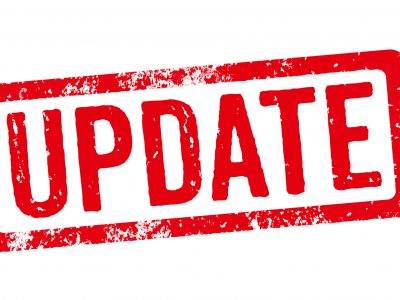Environment of care and life safety changes will occur in 2018. An article in Perspectives provides a link to the 2018 prepublication standards which leads to an 87 page document. The document provides many details including revisions and everything that moved or changed.
2018 Prepublication Standards
For preparation purposes, although items moved, the requirements remained the same. Therefore, there is little need for discussion. The modifications reflect changing references to different versions of the NFPA manuals. You may need to verify that you have these new NFPA editions.
However some revisions are substantive and need your attention. For example, the change to EC.02.03.03, EP 3. Previously it stated at least 50% of quarterly fire drills are unannounced. The 2018 version says quarterly fire drills are unannounced.
Revisions To EC & LC Standards
Similarly, the change to EC.02.05.09, EP 1 is significant. The old EP required the hospital to inspect, test and maintain critical components of piped medical gas and vacuum systems. In 2018, this EP requirement the expands. It now includes waste anesthetic gas disposal and support gas systems on the “inventory.” It then goes into additional detail about the items included on the inventory.
Lastly the EP now establishes a certification requirement for the individual performing the inspection per the American Society of Sanitary Engineers (ASSE).
Standard EC.02.05.09, EP 5 that discussed piped medical gas systems moved to EP 11. It changed substantially. They added considerable detail to the labeling requirements for medical gas pipes and shut off valves.
EC.02.06.05 is the standard that discusses a preconstruction risk assessment. It includes implementing actions needed to minimize risk during demolition, construction, and renovation. So, to minimize risk during that work, they modified 2018 EP 3 which now includes the term “general maintenance.”
But most important is the list of changes that are new for 2018. If you are due for a survey in 2018, don’t get surprised. Plus, if you are not due, you still need to quantify your compliance with these new requirements.
Organize This Analysis – Don’t Get Caught Off-guard
In fact, we noted in early 2017 that TJC changes to these chapters in late 2016 caught organizations off-guard.
There are two ways to organize this analysis. The first and easiest way is to print the entire 87-page document. Then share it with your facilities leadership. Ask them for feedback on all new requirements. Also, have them take the necessary steps to ensure they are up and running to meet those guidelines in a few weeks.
Unfortunately, we can attest that sorting through the new, the revised, and the moved is a tedious assignment. A second and perhaps easier way is to use the E-Edition for 2018. This edition is available on your extranet. Set your filter to “new.” Now you can print that limited portion of each chapter identifying only the new requirements. In the print dialogue box, it is also easy to save this to a PDF file that you can email and search.
Lastly, take note of the new requirements in EC.02.03.01, EP 12. Here’s why. It requires clinicians to implement certain practices relative to fire safety in the operating room. The new EP establishes requirements for safe use of flammable germicides and antiseptics in the OR. The Joint Commission language brings in content from the CMS Interpretive Guidelines, Tag A-0951 (last updated in Nov 2015) in their entirety.
We also noted an additional requirement. You must remove flammable “solution soaked materials from the operating room before draping and the use of surgical devices.” If you have not included this fire safety “time out like process” in your operating rooms, do so as soon as possible.
Do you need support with u


 New Pain Management Standards FAQs
New Pain Management Standards FAQs
Leave a Reply